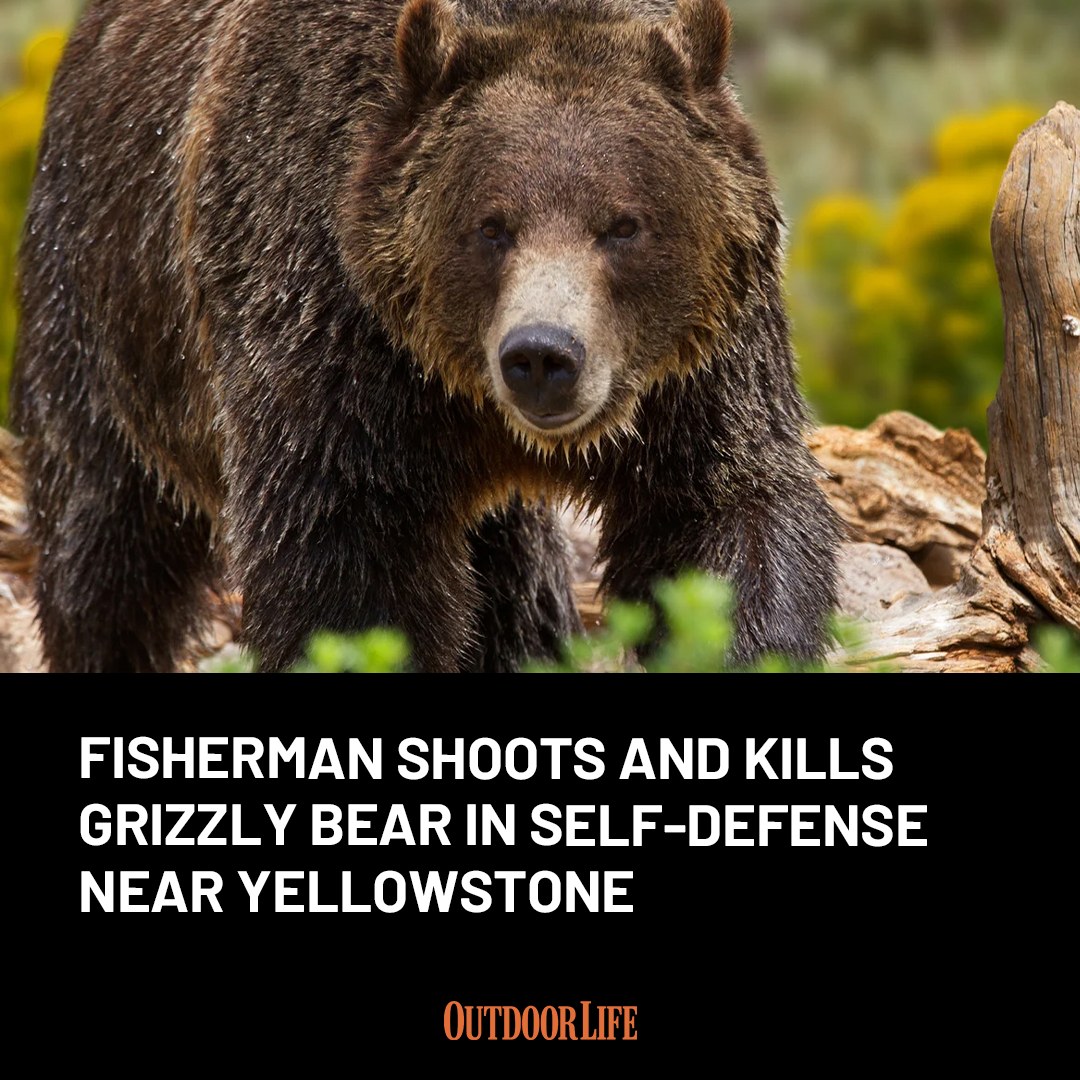Tom Miner Basin lies roughly 15 miles as the crow flies from the north entrance of Yellowstone National Park in Gardiner, Montana. It is well within the Greater Yellowstone Ecosystem, one of six designated grizzly bear recovery areas. The GYE is home to over 1,000 bears.
The Aug. 26 incident occurred in northern Montana’s Whitefish Range in the Northern Continental Divide Ecosystem, another one of the six designated recovery areas. The NCDE has the largest grizzly bear population of the six areas, projected at over 1,100 bears. Two men from Whitefish were scouting for the upcoming hunting season in Flathead National Forest when they encountered the tagged, 25-year-old female grizzly with her cub. They came within 15 feet of the bear, MFWP reports. The sow, who had no prior record of conflict, charged the men. They both fired shots that killed the bear. Amid the chaos, one of the men shot the other in the shoulder. He was taken to a nearby hospital and treated for the wound.
MFWP investigated the incident and the U.S. Fish and Wildlife Service concluded it was a self-defense situation. The cub ran off in the encounter.
The spate of incidents have occurred as Montana outdoorsmen and women soak up the year’s waning warm days and prepare for upcoming hunting seasons. (Montana’s archery season opened on Sept. 2.) At the same time, the state’s grizzly bears are entering hyperphagia. This is when they eat as much as possible to put on weight for the winter. Hyperphagia kicks in as the days shorten and the climate cools throughout September.
“Grizzly bears have the potential to be found anywhere in the western two-thirds of Montana (west of Billings), and their distribution is denser and more widespread than in previous years,” FWP warns. “Some areas with dense concentrations of grizzly bears are very accessible to hunters, especially during the archery season.”
